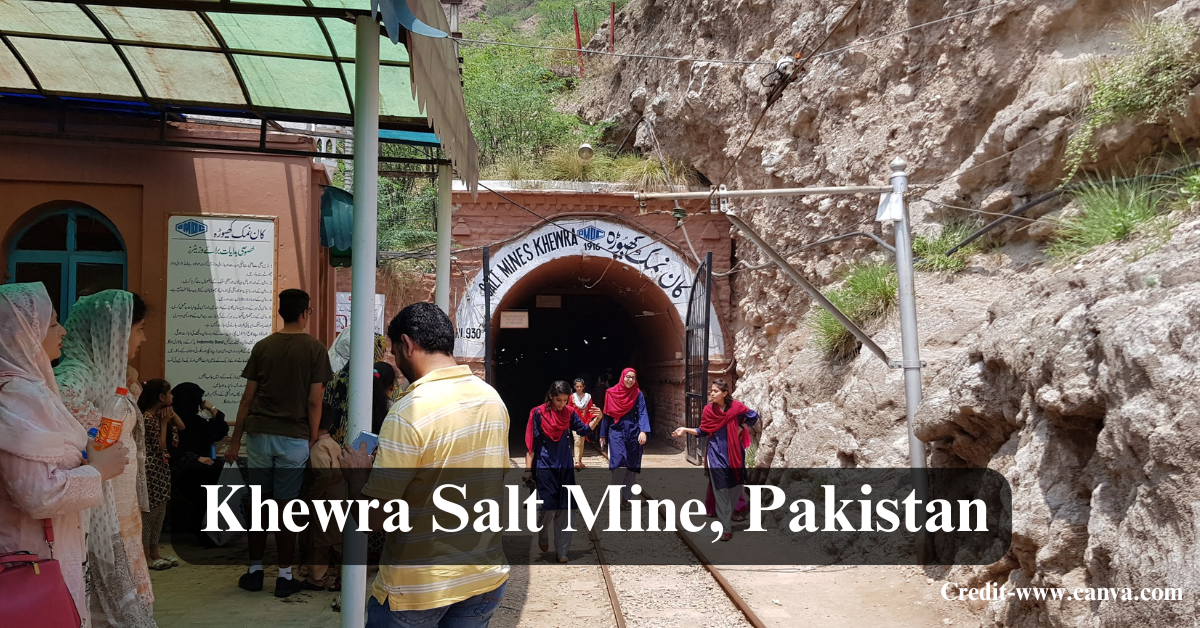A person might think a salt mine has little excitement. But a person would be surprised. The Khewra Salt Mine, also known as the Mayo Salt Mine, holds a position as Pakistan’s most famous underground location. This mine also ranks as the second largest salt mine across the globe – it holds many tales, facts about rocks, good spots for pictures, and health benefits.
People can go on a trip that looks at the mine’s past, its rock formations, its draw for visitors, its role in the local economy, and some interesting details that other writings often omit.
Table of Contents
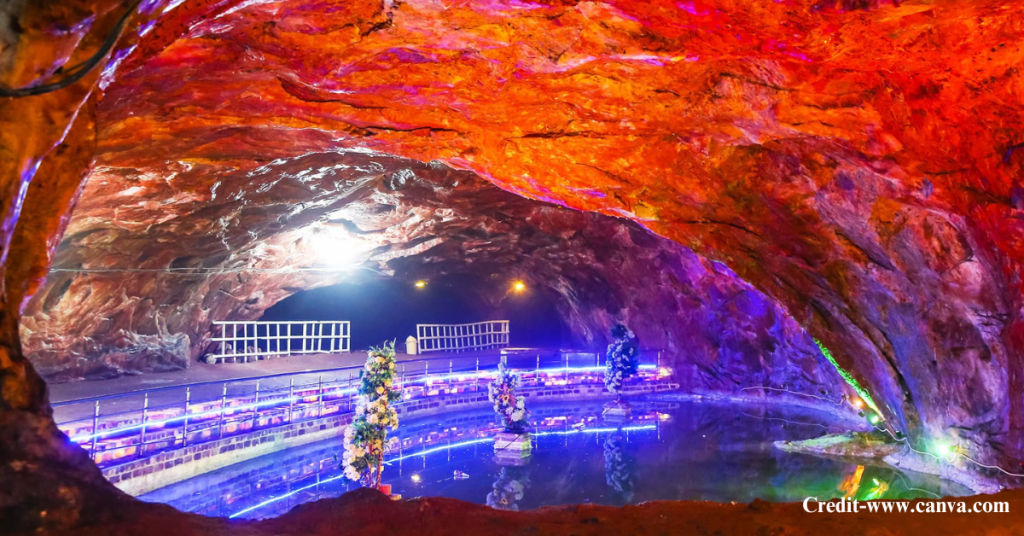
History & Discovery
The Khewra Salt Mine appeared oddly. Alexander the Great’s soldiers camped near the Salt Range in 326 BC. This occurred during his military actions in the Indian subcontinent. The soldiers noticed their horses lick salty rocks near the Jhelum River. This observation led them to find salt deposits under the ground.
People took salt from the site without much planning for a long time, particularly when the Mughals ruled. Salt from Khewra went to places across Central Asia at that time. But it was the British who gave it a modern shape. In 1872, British mining engineer Dr. H. Warth introduced the room-and-pillar mining method. He also cut the main tunnel that’s still used today and cleaned up the supply chains, reducing smuggling.
Today, it’s run by the Pakistan Mineral Development Corporation (PMDC) and stands as both a working mine and a full-blown tourist attraction. Most blogs stop at the British part, but they’ll also get to know about fossils, old tectonic activity, and how the mine fits into the geological background of the Salt Range.
Geology & Mining Techniques
Khewra operates as a place for visitors, and it also serves as a science centre. The mine looks like a large, salt-filled maze, which extends more than 40 kilometres below ground. Inside the mine are 18 levels where people labour, and it descends almost 730 meters deep.
Workers remove salt using a method called room-and-pillar mining; they pull out about half of the salt, but they leave solid columns to support the ground. This method is smart, simple, and safe.
The salt here mainly consists of halite. It has about 98 – 99 % purity. A pink colour appears from small amounts of minerals such as iron oxide. People sell this material around the globe as “Himalayan Pink Salt.” The mine does not sit in the Himalayas. We describe this later.
Above the salt, other rock layers lie – these layers include gypsum, potash, marl as well as oil shale. They formed 600 million years ago. Khewra acts as a natural container of time – it holds old history within its rocks.
Many blogs discuss salt purity and its extent – they also inspect fossils, rock layers, in addition to the movement of Earth’s plates. Shaped the entire Salt Range.
Tourist Attractions Underground
They’re not just walking through some old mine. Khewra offers a full-blown underground adventure—part museum, part photo zone, part science walk. Here are some top spots:
Salt Mines Railway
An electric train, built in 1930, still carries visitors through the main tunnel. It’s narrow-gauge and a bit rough, but fun and saves their legs.
Salt Mosque (Badshahi Replica)
Yes, there’s a mosque inside made of salt bricks. It copies the Badshahi Mosque in Lahore and glows gently under soft lights. It’s still used for prayers.
Assembly Hall
A 75-meter chamber that echoes like a concert hall. It’s beautifully lit and often used for student trips or live shows.
Pul-Saraat (Salt Bridge)
A 25-meter-long salt bridge with no pillars. It goes over a clear saltwater pond and makes a great picture spot.
Sheesh Mahal
Called the Mirror Palace, this section has shiny salt walls that glow under lights. It’s like stepping inside a crystal cave.
Crystal Valley
Natural salt crystals glow in different colours—pink, white, and orange—under LED lights. One of the most colourful parts of the tour.
Salt Art & Replicas
Mini statues of Minar-e-Pakistan, Allama Iqbal, Murree’s Mall Road, and even the Great Wall of China, all made from salt.
Brine Pools
Still used for salt collection, these pools are peaceful and shiny.
Café & Shops
At the end, grab a snack and pick up salt lamps, salt crafts, and other pink-salt souvenirs.
Guides love making jokes about licking the walls for “smarty-pants juice.” (Yes, people try.)
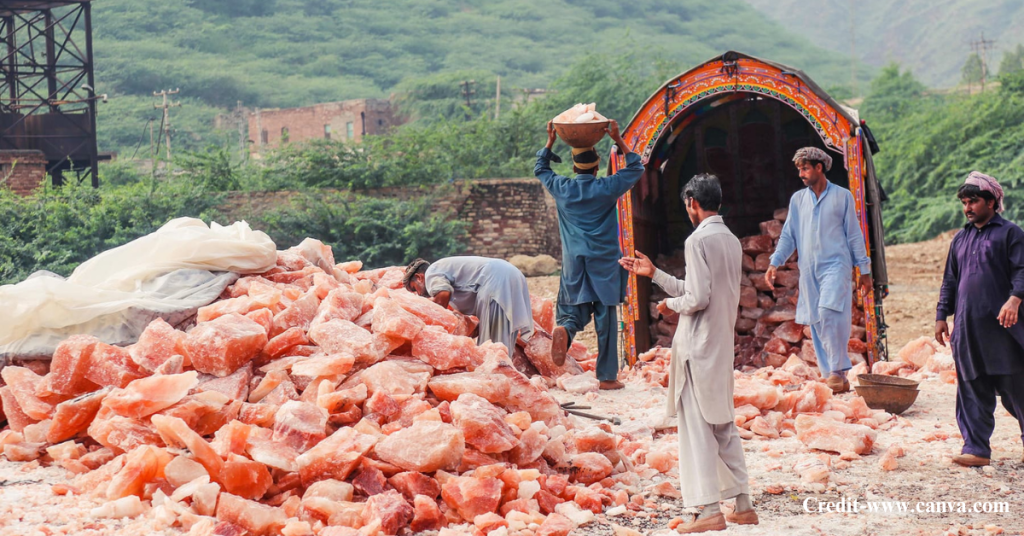
Health & Salt Therapy
Khewra helps people breathe.
Since 2007, a salt therapy centre with 20 beds has been in the mine. People with asthma or breathing problems stay there for some days; they take in the clean, cool salt air. The temperature is held at 18 – 20°C. This air settles irritated lungs.
Some scientific work states that salt particles reduce swelling in air passages. This is not a miracle, but a helpful step – it is not a cure.
Guests enjoy the calm, clean air. Many say they feel improved after some sessions.
Most blogs only write about the clinic – this blog presents the real health aspect. It states what salt therapy can do and what it cannot do.
Economy & Exports
Khewra isn’t just for tourists—it’s a big part of the local economy.
The mine pulls out about 350,000 metric tons of salt every year. A lot is used in Pakistan, but the rest is sold overseas—as cooking salt, salt lamps, bath salts, and decorations.
Big customers include the USA, UAE, Germany, South Korea, and Canada. But a 2025 import ban from India has hurt trade, which many blogs don’t talk about.
The world market for pink salt is worth nearly $470 million and keeps growing. Pakistan’s salt, especially from Khewra, is famous for its quality.
There’s also talk of giving Khewra salt a GI tag—a label that shows it comes from a special place. This would help exports and protect local sellers.
So, while visitors come for photos and fun, this mine also helps feed families, fund schools, and grow small businesses.
Sustainability & Community
With reserves of over 82–600 million tons, Khewra has enough salt for hundreds of years. But there are concerns about wastewater and pond management.
Some local experts say the mine should reuse water better and cut pollution from brine ponds.
PMDC has started looking into greener steps, while nearby conservation spots like Chumbi Surla and Chinji are part of a bigger plan to protect the Salt Range.
The mine also gives jobs to hundreds of workers and helps local shop owners, artists, and artisans.
This blog doesn’t ignore the problems—it shows both what’s good and what can improve.
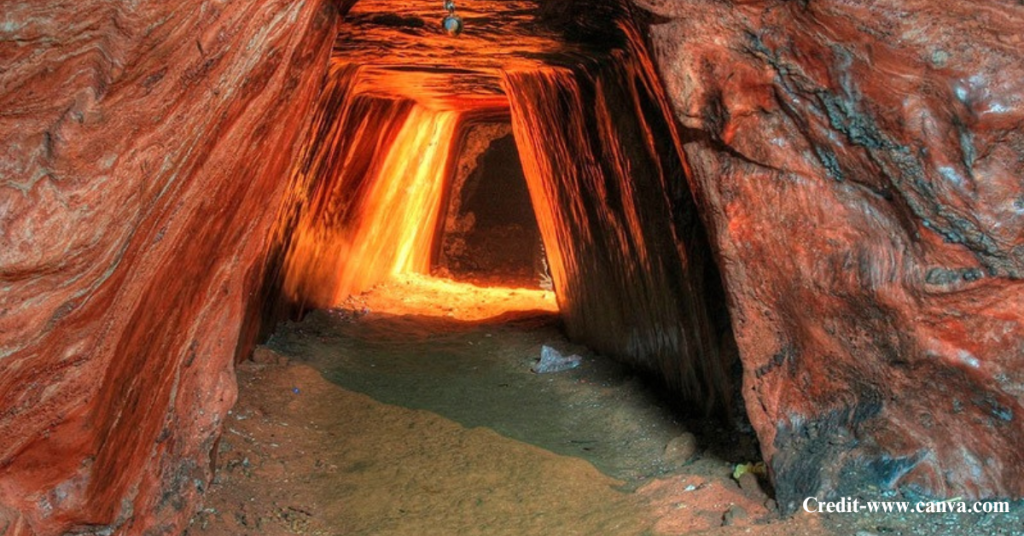
Culture, Events & Travel Info
The mine holds the Khewra Festival each year. This event features local music, food from the street, and cultural displays. People who live near the mine like the festival, but most visitors do not see it.
Visitors may enter the mine throughout the year. The temperature inside stays near 20°C, so the place feels comfortable. The months of spring and early summer offer the best time to visit.
Tips for Visitors:
- Wear easy-to-walk shoes
- Bring a water bottle
- Cameras allowed (lots of great pics!)
- Entry is cheap for locals, about $20 for foreigners
- There’s parking and wheelchair access
Oh—and unless they want a very salty tongue, don’t lick the walls.
FAQs
Q: Is it really “Himalayan Salt”?
Not exactly. The mine is in the Pothohar Plateau, not the Himalayas. The pink colour made marketers give it that name.
Q: Does it cure asthma?
No, but it can help breathing for some people. It’s not a full medical treatment.
Q: Can people lick the walls?
Technically, yes—but the guide will make fun of them. Better to take a photo.
Q: Is it safe?
Yes. The mine is well-managed and has strict safety steps.
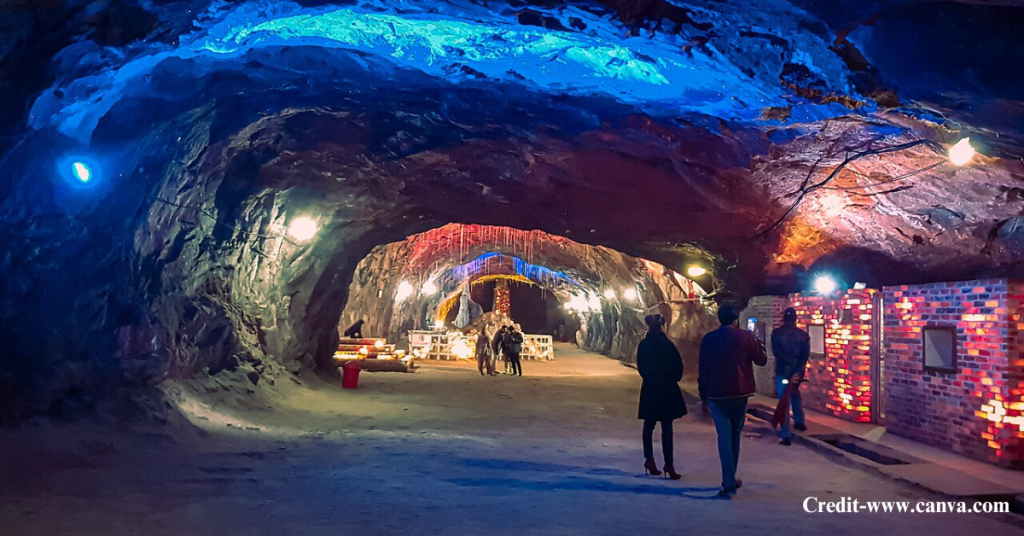
Final Thoughts
The Khewra Salt Mine brings together old history, interesting geology, health benefits, and actual business. A person can ride a train into bright salt tunnels; they can also see a mosque built from crystals. Then they can leave with a lamp. No other place offers that experience.
Someone interested in science, pictures, or nature can visit this place. A person just wanting a day trip also finds something here. The mine offers a variety of attractions.
People should plan their trip now. With some luck, visitors may locate the place where Alexander’s horse first licked the salt.

